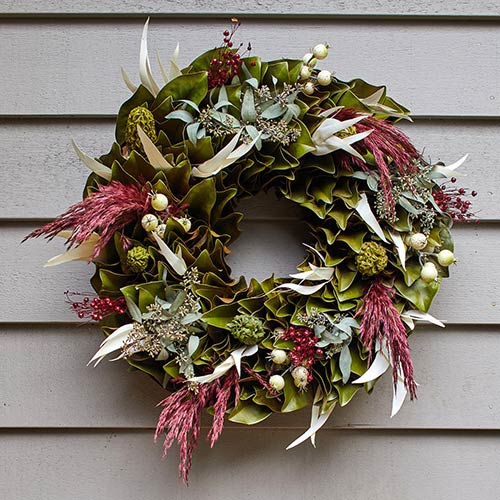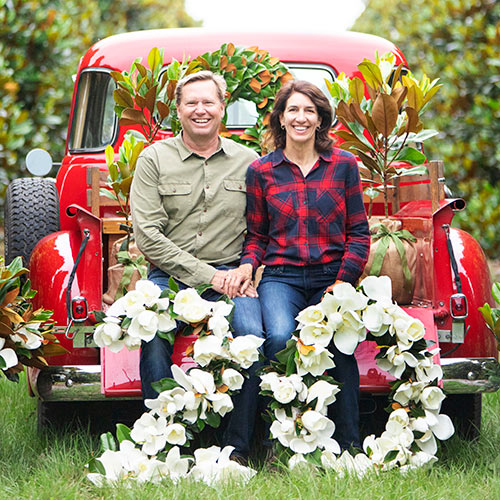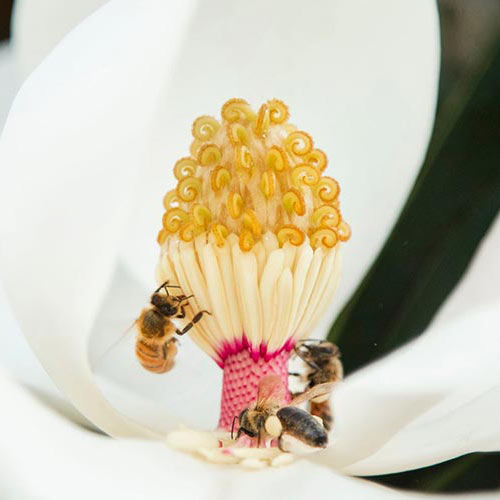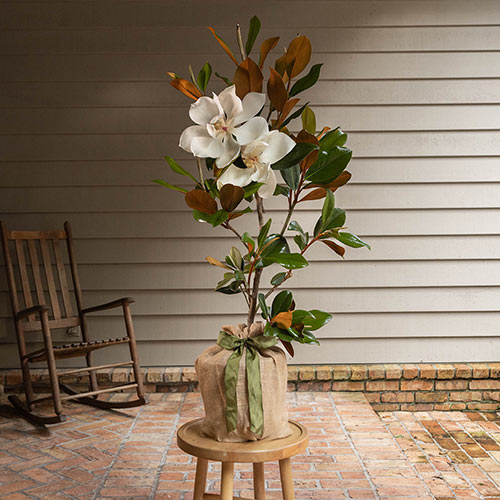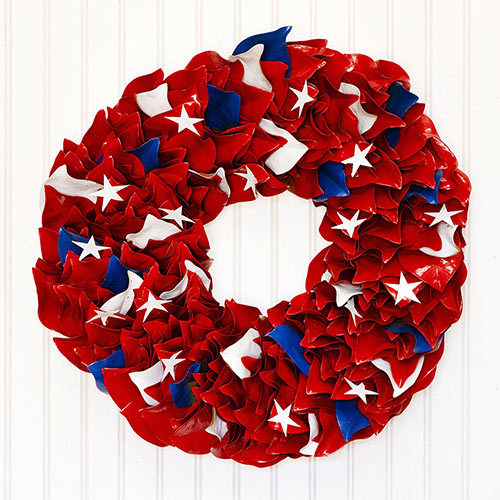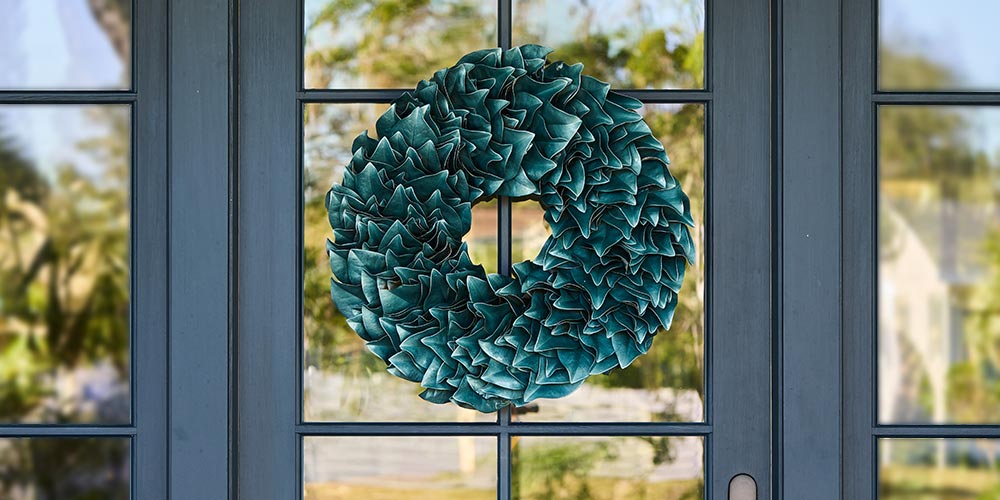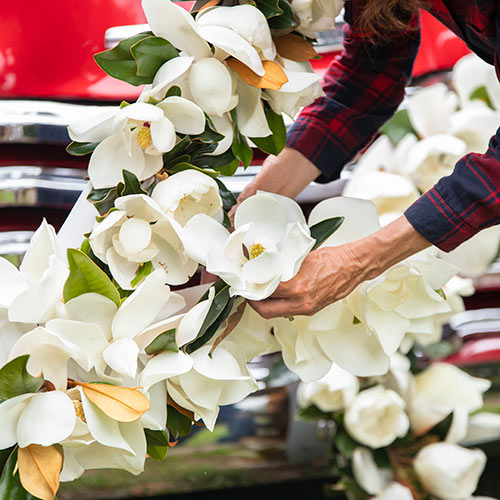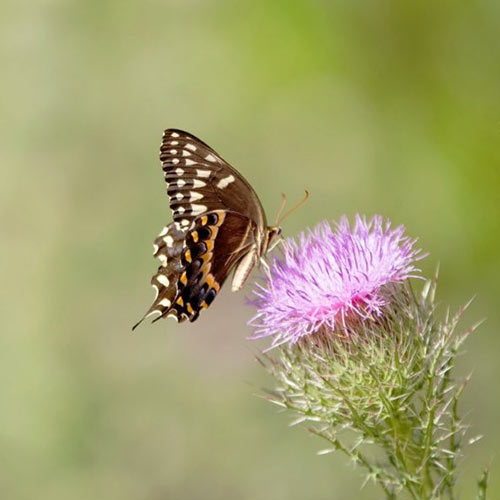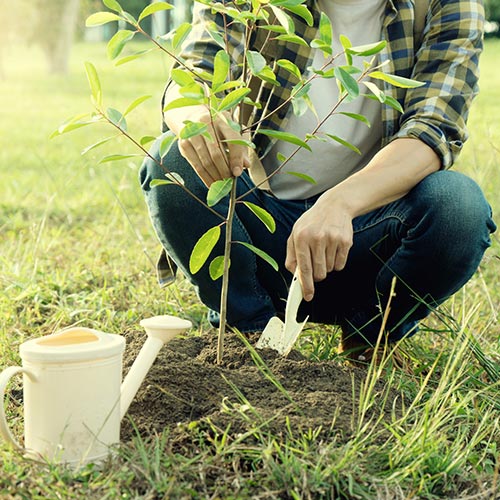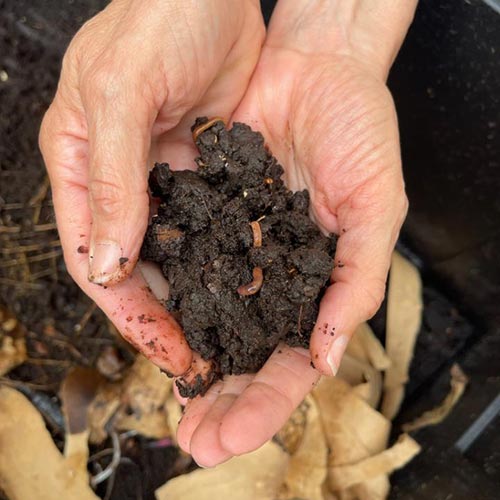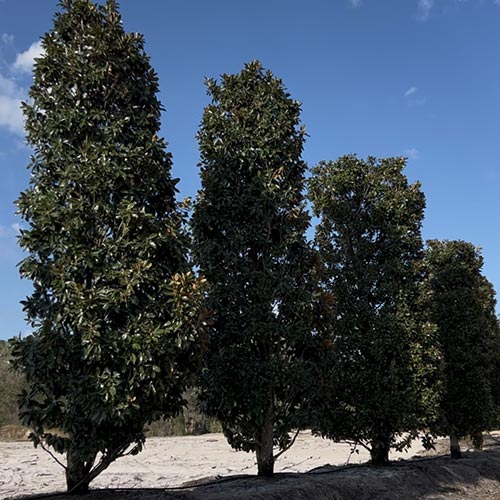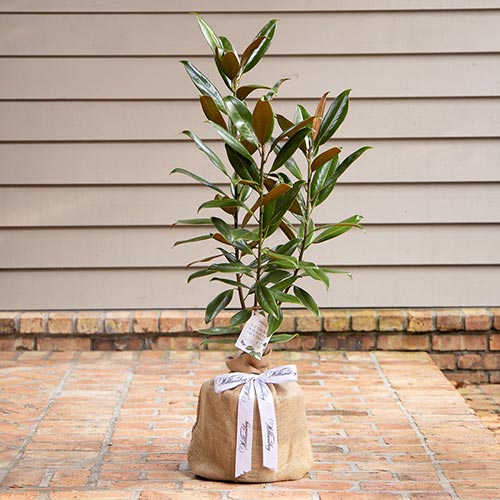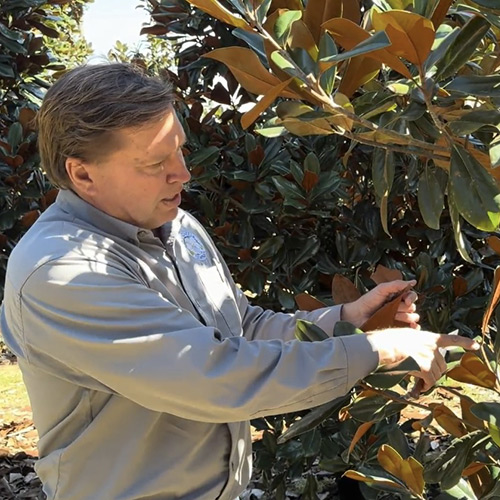Fertilizing Your Magnolia Tree: Three Things to Know
April 17th, 2023
Magnolia trees are known for their stunning beauty so it’s no wonder that many gardeners want to grow them in their gardens. However, growing a healthy magnolia tree requires some effort and one of the most important aspects is fertilizing it properly. So let’s dive into three things you need to know about fertilizing your magnolia tree.
Spread the Fertilizer Wide
Magnolia trees have wide roots that spread out instead of going deep into the ground. So, when fertilizing your magnolia tree, it’s crucial to spread the fertilizer around 6-10 inches out from the trunk. This will ensure that all of the roots, no matter how far from the tree, will get the nutrients they need. As the tree grows older, its root span will become more extensive, and you can spread the fertilizer even wider.
Fertilize in Early Spring
Early spring, during the months of March and April, is the best time to fertilize your magnolia tree. During this time, your tree requires extra nutrients to grow strong and tall. You can tell when your magnolia tree is growing by the appearance of baby magnolia leaves. These leaves generally are bound in a tight upward spiral, long and slender and soft to the touch. When you see them, it’s the perfect time to fertilize.
Remove Damaged Leaves
To ensure that your magnolia tree continues to grow healthily, it’s essential to remove damaged or dying leaves. Your magnolia tree will continue to provide nutrients and energy to all leaves until they fall. By breaking off damaged or dying leaves, you’ll leave more nutrients and energy for new growth.
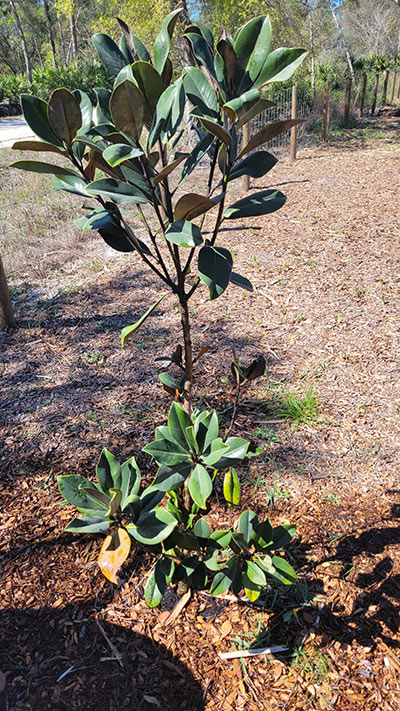
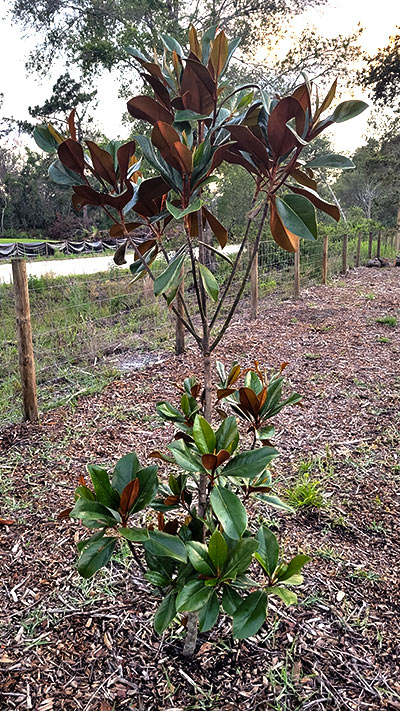
Overall, fertilizing your magnolia tree is essential to keep it healthy and ensure that it provides beauty to your garden for years to come. Remember to spread the fertilizer wide, fertilize in early spring, and remove damaged leaves. With these simple tips, you’ll have a healthy and beautiful magnolia tree in your garden.
And as always, if you have any questions, feel free to contact us here. We’d be happy to help!
Recent Articles
